
- 0 Comments
- PRMA Plastic Surgery
What are the different types of implants used in breast reconstruction?
The most common method of breast reconstruction performed uses tissue expanders and breast implants. In most cases, the reconstruction is performed in stages starting with a tissue expander which is later exchanged for the final implant. Here is an overview of the types of tissue expanders and implants used in breast reconstruction today. Some of these products may not be available in all countries.
Tissue Expanders
Saline Expanders
Saline expanders are by far the most common type of expander currently used. They can be placed at the same time as the mastectomy or any time later. When placed at the same time as the mastectomy, they are usually partially filled at the time of surgery. Further expansion is performed by the surgeon during several office visits once the patient has healed from surgery. The saline is injected into the expander fill-port through the skin using a syringe.
AirXpander
The AeroForm Tissue Expander uses carbon dioxide which is released in controlled, small amounts from a cartridge inside the expander. The expansion process is controlled by a hand held remote and can be performed at home by the patient by pressing a single-touch button. This expander has just been approved for use in the US by the FDA.
Permanent Implants
Filling:
Saline Breast Implants
A saline breast implant consists of a silicone shell filled with sterile saline solution (salt water). The implant is inserted into the breast and filled to the desired size during the surgery.
Saline implants can be associated with rippling (waves in the implant shell) which can be visible through the skin. To decrease the appearance of rippling, many surgeons will overfill saline implants, which also makes them more firm to the touch.
If a saline implant leaks, the implant will collapse and the breast will “deflate”. The saline is simply absorbed by the body. Ruptured implants cannot be repaired and need to be replaced.
Silicone Breast Implants
A silicone breast implant consists of a silicone shell pre-filled with silicone gel. Silicone implants typically feel softer and more like natural breast tissue compared to saline implants.
The consistency of the gel inside the implants varies. Traditional silicone implants use a soft gel. Soft gel implants feel more like typical breast tissue but have more rippling. More cohesive (thicker) silicone implants feel more firm but ripple less. Since breast reconstruction patients typically have little soft tissue “padding” to camouflage the implant after a mastectomy, implant rippling is a more frequent problem in reconstructive patients than in cosmetic augmentation patients who still have their breast tissue. Many breast reconstruction surgeons therefore prefer to use highly cohesive implants to minimize the risk of visible rippling as much as possible. Highly cohesive implants are also known as “form-stable” or “gummy bear” implants.
If a silicone implant ruptures, the gel may remain within the implant shell, or may escape into the breast implant pocket. Form-stable implants maintain their shape even when the shell is broken. A leaking silicone implant will not usually collapse like a leaking saline implant so some ruptures will initially go unnoticed. Routine screening with ultrasound or MRI is therefore recommended for patients with silicone implants to monitor implant integrity. It is important to discuss this with your plastic surgeon.
Adjustable Breast Implants
Adjustable breast implants are just that – adjustable. Saline can be added to these implants post-operatively by the surgeon to adjust the size. This can provide more control over the final size. Most types of adjustable implants are filled with saline only, others have two lumens (compartments) containing silicone gel in the outer lumen, and saline in the inner lumen.
Shape:
Round Breast Implants
Round breast implants are just that—round. Because of their uniform shape, there is little worry about the implant rotating out of place and causing an abnormal “shifted” appearance. Round implants can have either smooth or textured surfaces and are available in various projections or profiles. The profile of an implant is the distance an implant projects (sticks out) from the chest. Low profile implants are flatter and wider and project the least. Higher profile implants are more spherical and narrower and project the most.
Teardrop (“Anatomic”) Breast Implants
Teardrop breast implants are more anatomically correct. The implant projection is greater at the bottom and tapered at the top to mirror the natural breast shape. These implants are filled with highly cohesive silicone which helps them maintain their shape. Anatomic implants can sometimes shift position and create an obvious breast deformity. All anatomic implants therefore have textured surfaces to encourage soft scar tissue formation and make them less likely to rotate out of position.
Surface:
Smooth Breast Implants
Smooth breast implants have a smooth outer shell allowing the implant to move more naturally within the implant pocket.
Textured Breast Implants
Textured breast implants have a coarse, rough outer lining. Textured surfaces act a little like “Velcro” and decrease implant movement within the breast by encouraging soft scar tissue formation around the implant shell. Texturing also decreases the risk of a tight scar capsule forming around the implant (known as “capsular contracture”).
Your surgeon’s personal preferences and experience with each type of implant will also factor into the best decision for you. Experienced surgeons know what can be achieved “in their hands” and often this will include a specific style of implant. This should always be part of an honest discussion to ensure appropriate expectations are met. Full discussion of the associated risks is also crucial, as with any procedure.
Author: Dr. Minas Chrysopoulo and Courtney Floyd
The most common method of breast reconstruction performed uses tissue expanders and breast implants.
Leave Comment
Sign Up for Our Monthly Newsletter
Continue Reading
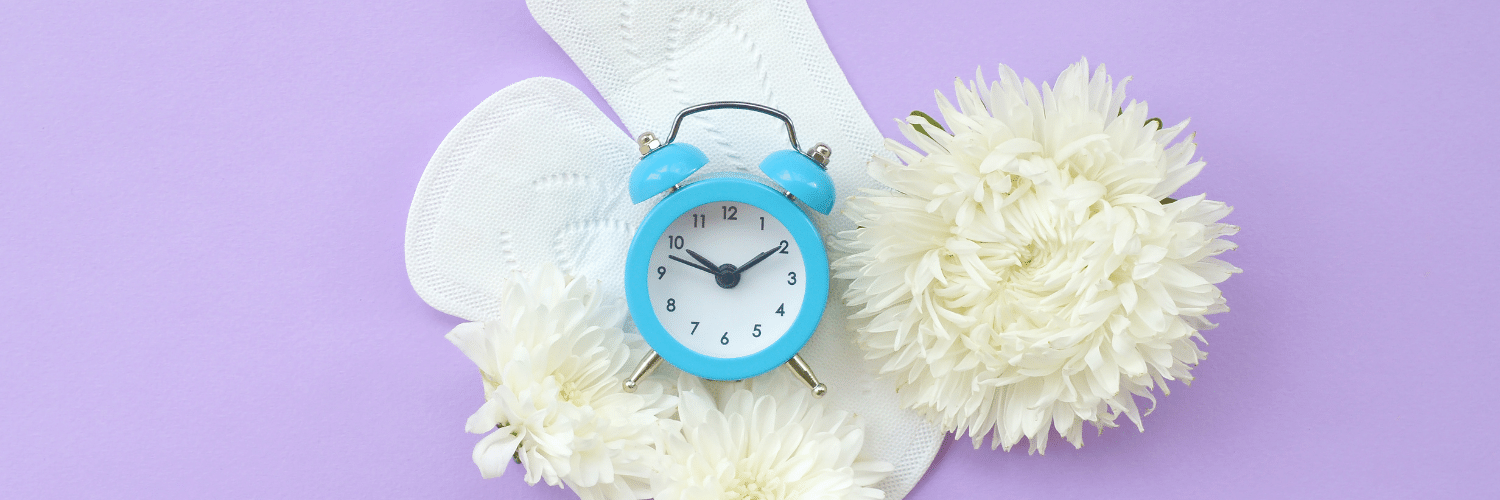
Breast Reconstruction Surgery and Your Period
Breast Reconstruction Surgery and Your Period December 02, 2020 Share on Facebook Twitter Linkedin During our pre-operative appointment with patients, a topic that occasionally arises is menstrual cycles. It is completely normal for women to experience changes with their periods throughout breast cancer treatments. These can be temporary or permanent. Periods can be unpredictable following […]
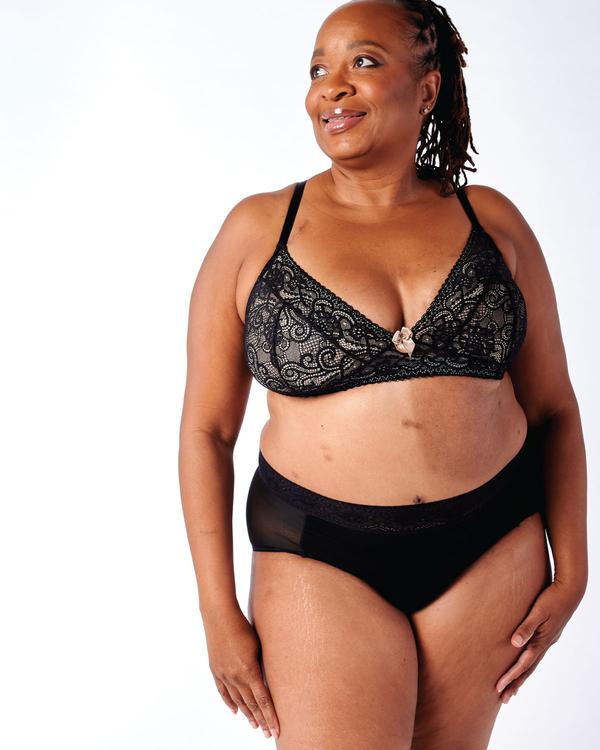
What Bras and Abdominal Girdles to Wear After Breast Reconstruction Surgery
What Bras and Abdominal Girdles to Wear After Breast Reconstruction Surgery November 17, 2020 Share on Facebook Twitter Linkedin When preparing for breast reconstruction surgery, many patients want to know what types of bras and abdominal girdles they should plan to wear after surgery. Although every surgeon has slightly different preferences, we have put together […]

My 5 DIEP Flap Realities | A Guest Blog From Julie
My 5 DIEP Flap Realities October 28, 2020 Share on Facebook Twitter Linkedin Hi everyone, my name is Julie from It’s a Bosom Thing. I am so happy to be here as a guest blogger and have this opportunity to share with you a few thoughts about life after DIEP Flap Surgery. I was diagnosed […]
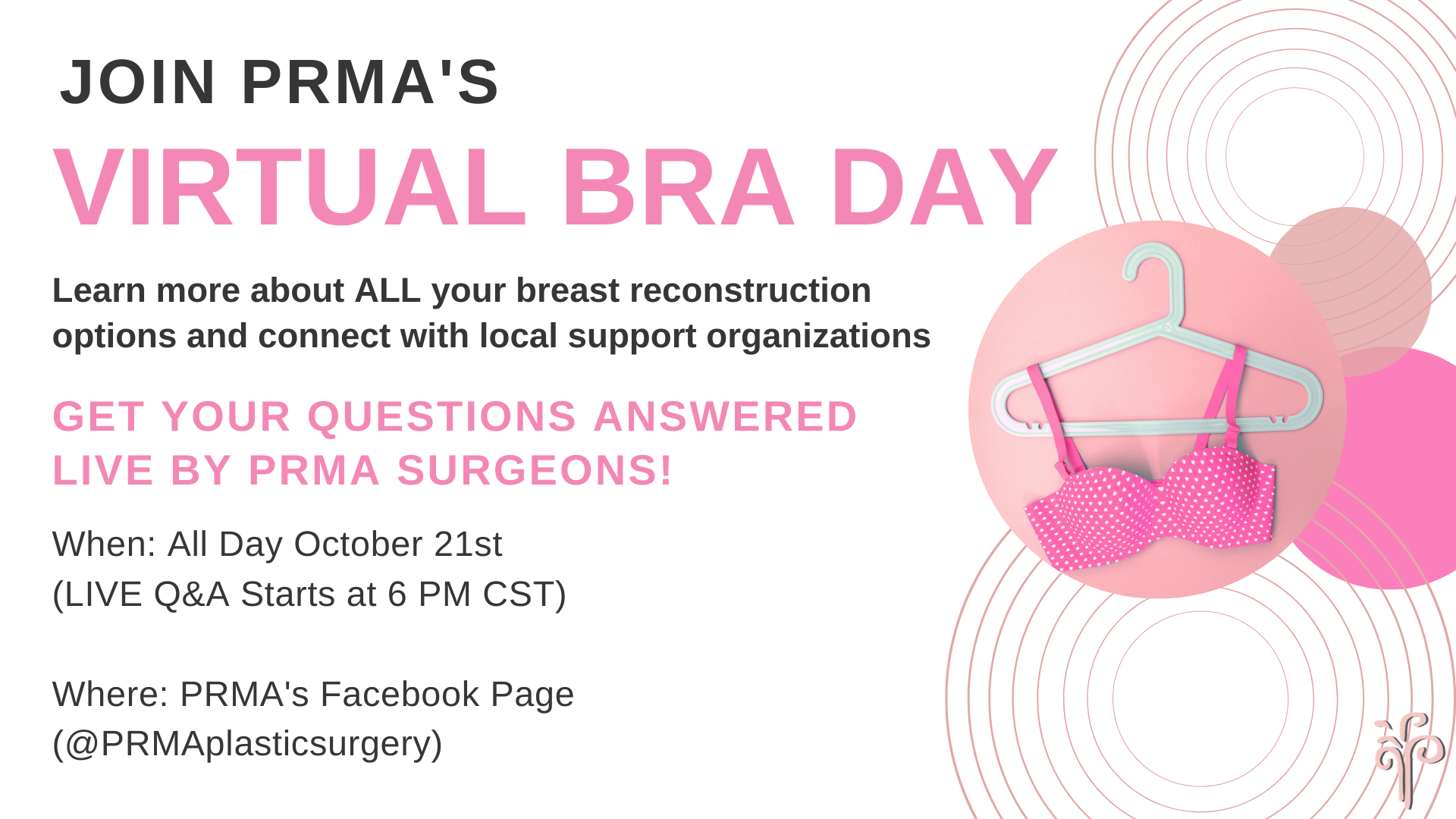
PRMA’s BRA Day Virtual Event Recap
PRMA’s BRA Day Virtual Event Recap September 08, 2020 Share on Facebook Twitter Linkedin Yesterday we celebrated Breast Reconstruction Awareness day! Although we missed seeing everyone in person this year, we were still able to spread education and awareness on ALL reconstructive options through our virtual efforts. We were also able to share information on […]
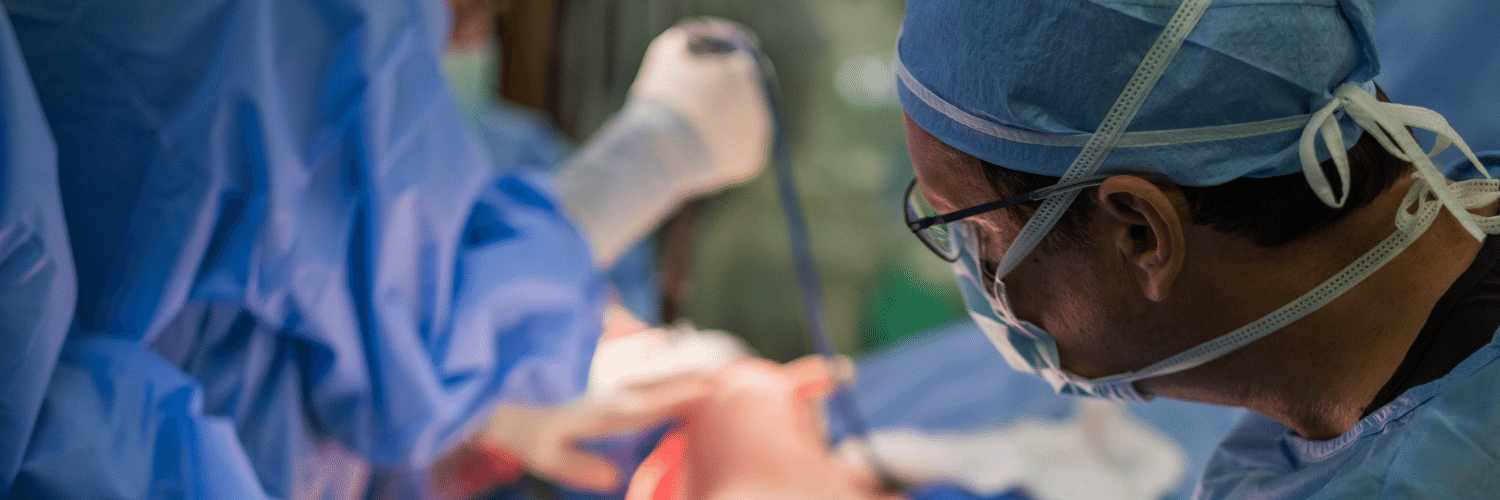
Second Stage DIEP Flap Surgery
Second Stage DIEP Flap Surgery September 08, 2020 Share on Facebook Twitter Linkedin DIEP flap breast reconstruction is typically comprised of at least two stages for the best outcomes. The second stage of surgery is commonly referred to as the “revision” stage and is usually performed about three months after the initial reconstruction. The purpose […]

If ‘Flaps’ Are Such A Great Breast Reconstruction Option, Why Doesn’t Everyone Get Them?
If ‘Flaps’ Are Such A Great Breast Reconstruction Option, Why Doesn’t Everyone Get Them? September 08, 2020 Share on Facebook Twitter Linkedin Flap-based breast reconstruction procedures, like the DIEP flap, offer patients a safe, natural implant-alternative option to reconstruction after a mastectomy. Flap surgeries are permanent and are associated with fewer complications after radiation when […]
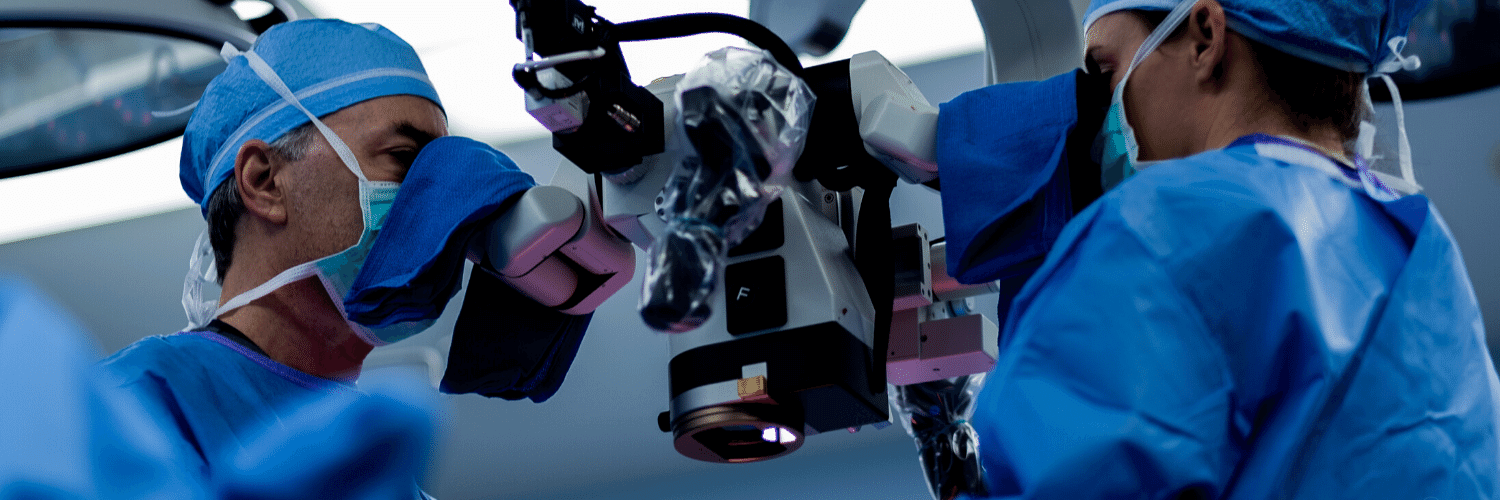
What is a Skin Island and How is it Used in Breast Reconstruction?
What is a Skin Island and How is it Used in Breast Reconstruction? September 08, 2020 Share on Facebook Twitter Linkedin What is a “skin island”? The term “skin island” is used to describe the remaining visible skin from a transplanted “flap” of tissue. In the setting of DIEP flap breast reconstruction, the skin island […]

Comparing APEX Flap and DIEP Flap Breast Reconstruction
Comparing APEX Flap and DIEP Flap Breast Reconstruction August 10, 2020 Share on Facebook Twitter Linkedin We have been receiving numerous inquiries about the “APEX flap” recently. Patients want to know what it is and how it differs from the DIEP flap. APEX is an acronym that stands for “Abdominal Perforator Exchange”. Many patients believe […]
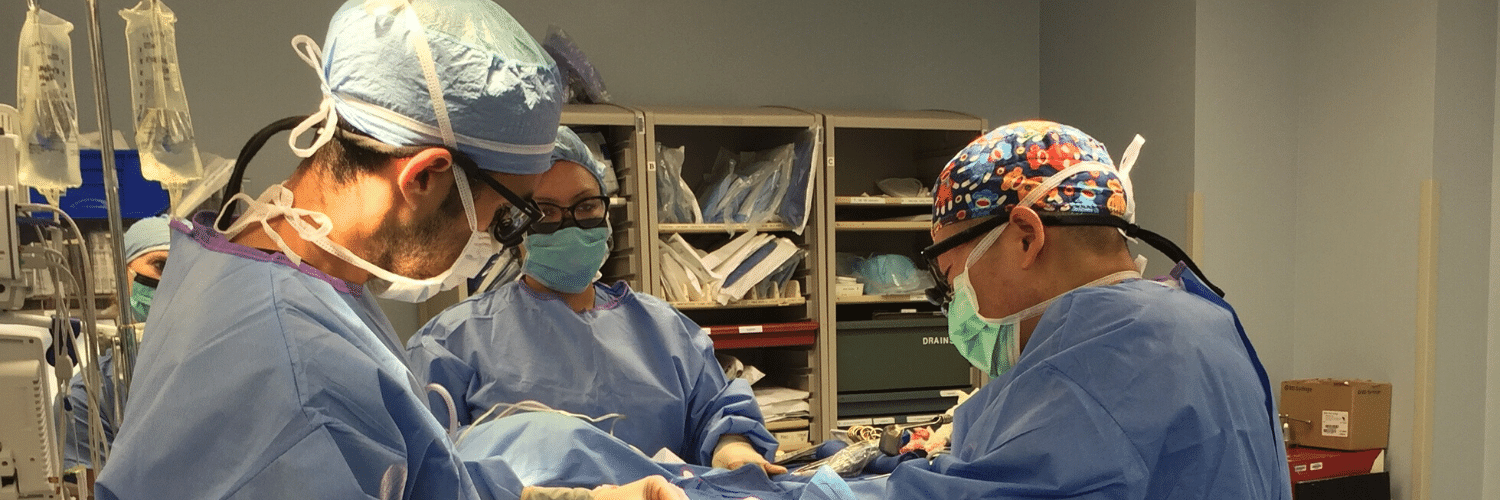
Monitoring the Health of Your Flap During & After Surgery
Monitoring the Health of Your Flap During & After Surgery July 21, 2020 Share on Facebook Twitter Linkedin Autologous flap (or tissue) breast reconstruction procedures represent today’s most advanced options for rebuilding a breast(s) following mastectomy. The most commonly performed method of flap-based reconstruction at PRMA is the DIEP flap. During this procedure, surgeons transplant skin […]
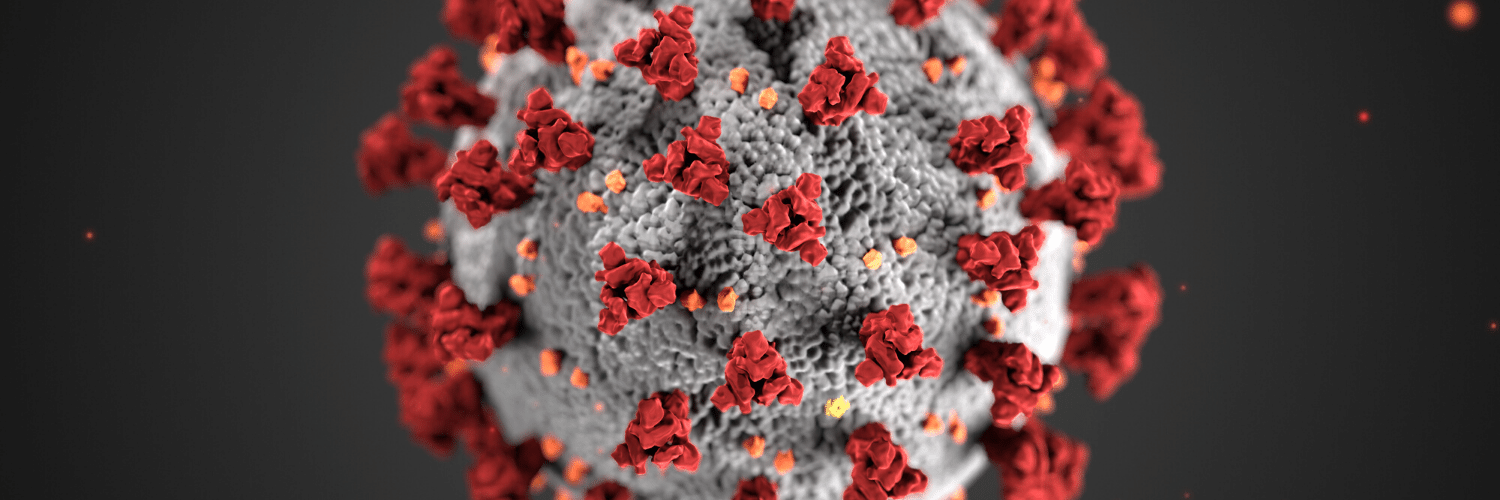
COVID-19 and the Impact on Cancer Patient’s Mortality
COVID-19 and the Impact on Cancer Patient’s Mortality July 21, 2020 Share on Facebook Twitter Linkedin There is still so much we do not know about COVID-19. Likewise, there is little known about how this disease impacts mortality for cancer patients. A study published in The Lancet evaluated and characterized the outcomes of patients with cancer […]


No Comments